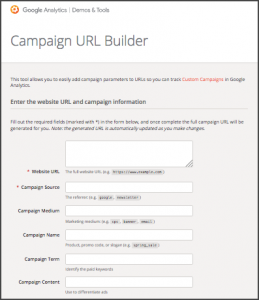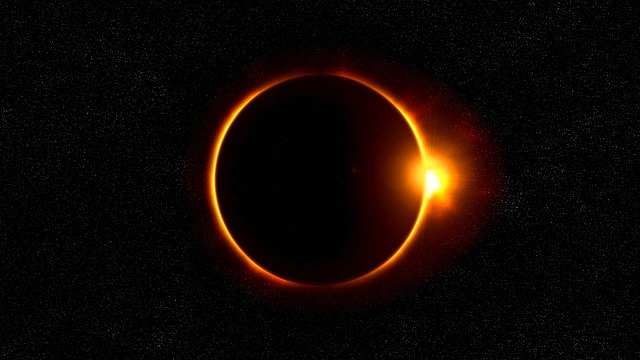Recently, much of the U.S. witnessed an amazing natural spectacle – a solar eclipse. In my little corner of paradise, we experienced a partial eclipse, with the moon obscuring nearly 94 percent of the sun. Yay, science!
As the skies grew dim, a herd of nearby cattle ranch were clearly confused by the deepening gloom. Despite it being early afternoon, the cows were lowing like they do at nighttime, when they’re headed back to the barn. A friend reported his chickens settled in to roost for the night. Our resident crows, which can be usually found arguing loudly with one another, fell strangely silent. The eerie hush remained unbroken until the crickets began singing their twilight song.
It was extremely cool, in a freaky sort of way. It got me wondering: what is it about the dark that unnerves animals (and more than a few humans)? Why is it that when darkness descends, every creak, whisper, and quiet footfall suddenly makes the hair at the back of the neck stand up? Is it a lack of vision – the inability to see what’s beyond our small sphere of sight – that gives people the willies? Or is it something deeper and more elemental? It’s enough to send a nyctophobiac screaming.
This primal fear of the dark is something we see in socialverse, too. Did you know “dark” social media accounts for almost 85 percent of social shares? But, before we get too far down the unlighted path of dark social media, maybe we should first begin by shining a light on what the term means.
Light vs. Dark Social Media
Not to be confused with that wretched hive of scum and villainy known as the “dark web”, dark social media isn’t actually as menacing as its name would suggest. Light social media is what we marketeer types live for – it’s easily trackable because audiences are using some sort of sharing mechanism like a button, tagged link, or a URL that’s been run through a tool like Bit.ly or Ow.ly.
Dark social media on the other hand, is content that’s not tagged, shortened, or distributed through typical sharing channels. Instead, it’s shared privately via a cut-and-paste into an email or text message. This type of sharing is much harder for us social media folks to keep tabs on.
For example, say you find a great video that you just can’t resist sharing with your Facebook crew. But instead of clicking a “share” button, you manually copy the long, untagged URL from your browser, and then paste it into your Facebook Messenger chat window. Suddenly, the original publisher has no idea how you found their content or which platform you shared it from, making it harder to gauge where that content is gaining traction with audiences. And that my friends, is dark social media.
Hello Darkness, My Old Friend
Dark social media happens more often than you think, according to a recent report by online advertising firm, RadiumOne. Accounting for the majority of social shares – particularly on mobile – dark social media is nothing to be afraid of as long as you’re aware it’s happening. And trust me, it is indeed happening.
Can you guess who the biggest dark social sharers are? Spoiler: it’s not Millennials. At 46 percent, users ages 55 and older are the ones making up the bulk of these dark shares. Dark social media seems to be concentrated in select markets, as well: personal finance, food and drink, travel, and executive search.
So, why should you be concerned about dark social media? Because it’s big. And it’s driving people to your social channels, content, and website, in turn affecting your metrics and ROI. Plus, recognizing that a hard-to-reach segment (users ages 55 and up) makes up the bulk of dark social means you can better target your messaging to engage with this audience. That leads us to the next big question: how the heck do you track this stuff?!
Come To The Dark Side, We Have Cookies (Kinda)
 One thing we preach here at Interprose is to always, always tag your links with UTM parameters before putting them through a URL shortener and distributing them online.
One thing we preach here at Interprose is to always, always tag your links with UTM parameters before putting them through a URL shortener and distributing them online.
UTM tags appended to a URL are sent back to Google Analytics for tracking. Like cookies, UTM tags will allow better tracking, however, unlike the way cookies work,
UTM tags remain only within the text of the URL rather than living in your browser. By UTM tagging your links, you’ll be able to identify where traffic originated. You’ll also gain extra top-level insight by running long URLs through a shortener such as Bit.ly that tracks dark traffic.
You could add these UTM parameters to your URLs by hand…a tedious process at best. However, friend Google over there has a handy tool to make this a snap: the campaign URL builder. Using the builder, you can quickly and easily generate a URL that includes UTM campaign source, medium, keywords, content, and name tags. For more info on how UTM tagging works, I recommend checking out this outstanding blog post from Sprout Social.
You can also configure Google Analytics to track dark social media traffic. Through the process of elimination, you can winnow down your tracking so that it shows which traffic is most likely to have come from these dark shares. Fine-tuning your Google Analytics for dark social media is a multi-step procedure. Rather than reinventing the wheel, I’ll point you to this very nice step-by-step how-to piece from Social Media Examiner.
Don’t Be Afraid Of The Dark (Social Media)
The appetite for good content, mobility, and hyperconnectivity continues to grow at a fast pace. As this growth continues to mushroom, being able to track the effectiveness of your social media marketing campaigns is beginning to carry more weight when it comes to budgeting, planning, and ROI calculation.
By being aware of and preparing to track dark social means you’ll be able to judge how well your content is resonating with your audience. And by being able to pinpoint which channels and demographics are attracting the most engagement, segmentation and targeting becomes that much easier. So, don’t be afraid of the dark – instead, embrace it and reap the rewards.
PS: If you missed Eclipse 2017 or weren’t in the path of totality, Time Magazine has helpfully gathered eclipse maps for the next 50 years. Happy viewing!

